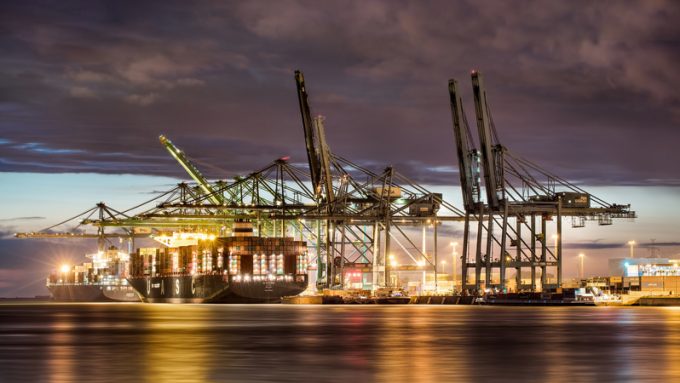Red Sea crisis has driven most new capacity into extended Asia-Europe trades
With container lines – generally – opting to route their Asia-Europe vessels around the Cape ...

With capacity remaining extremely tight ahead of Chinese New Year, shippers are bracing for a further wave of rate increases on container trades out of Asia.
The spot rate indices this week were virtually unchanged – the Freightos Baltic Index (FBX) Asia-North Europe component stable at ...
Predatory rivals circle as the ripples from DSV's Schenker buy widen
Latest Israeli attack on Iran a threat to box ships in Straits of Hormuz
DHL Express facilities in Canada forced to shut down by strike
Industry concerns rise after yet another box ship on fire off Indian coast
New Middle East conflict brings airspace closures, flight chaos and oil price worry
More legal trouble in India for MSC: feeder vessel detained after box ship disasters
Return of downward pressure on container spot freight rates
BYD launches logistics subsidiary – and eyes ports and shipping sectors

Comment on this article